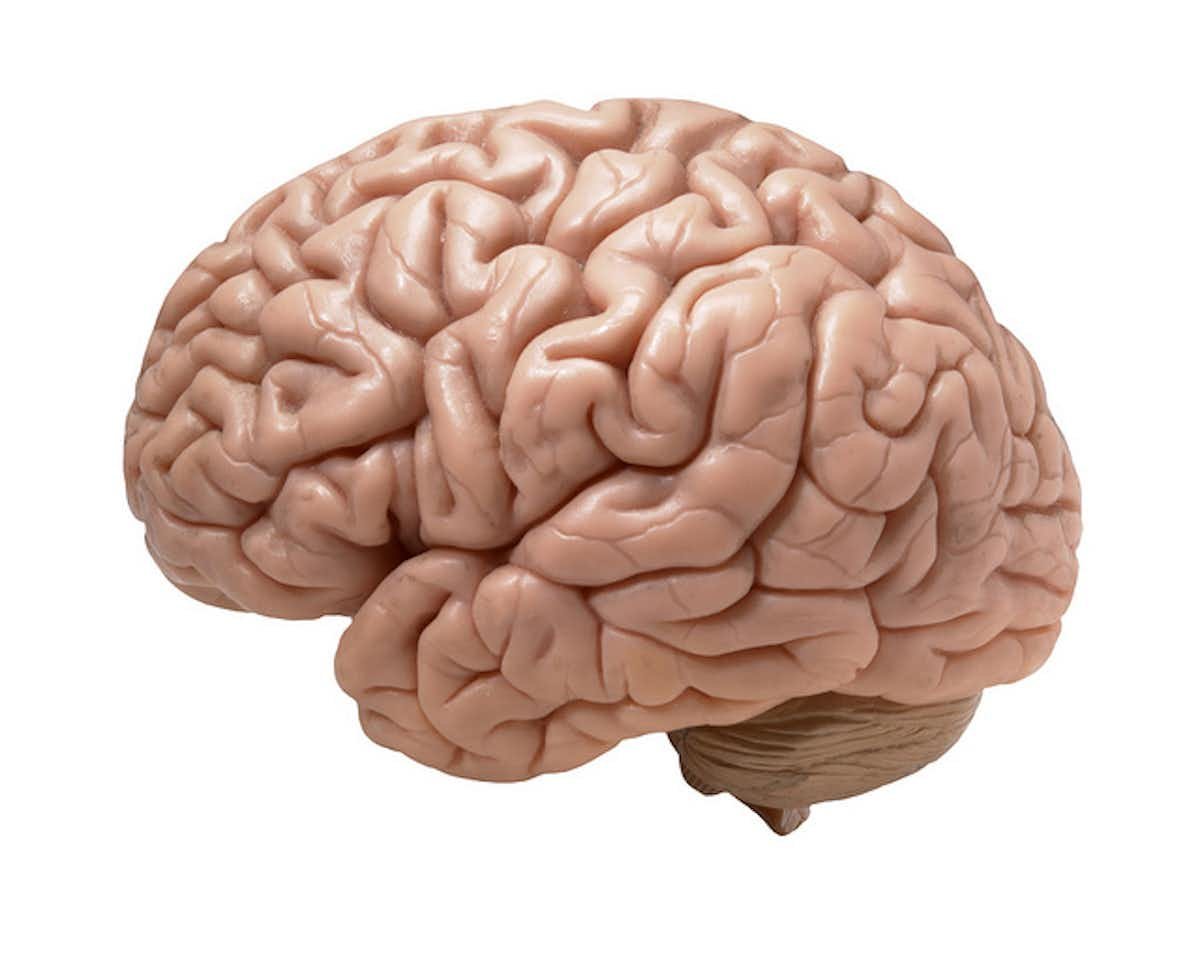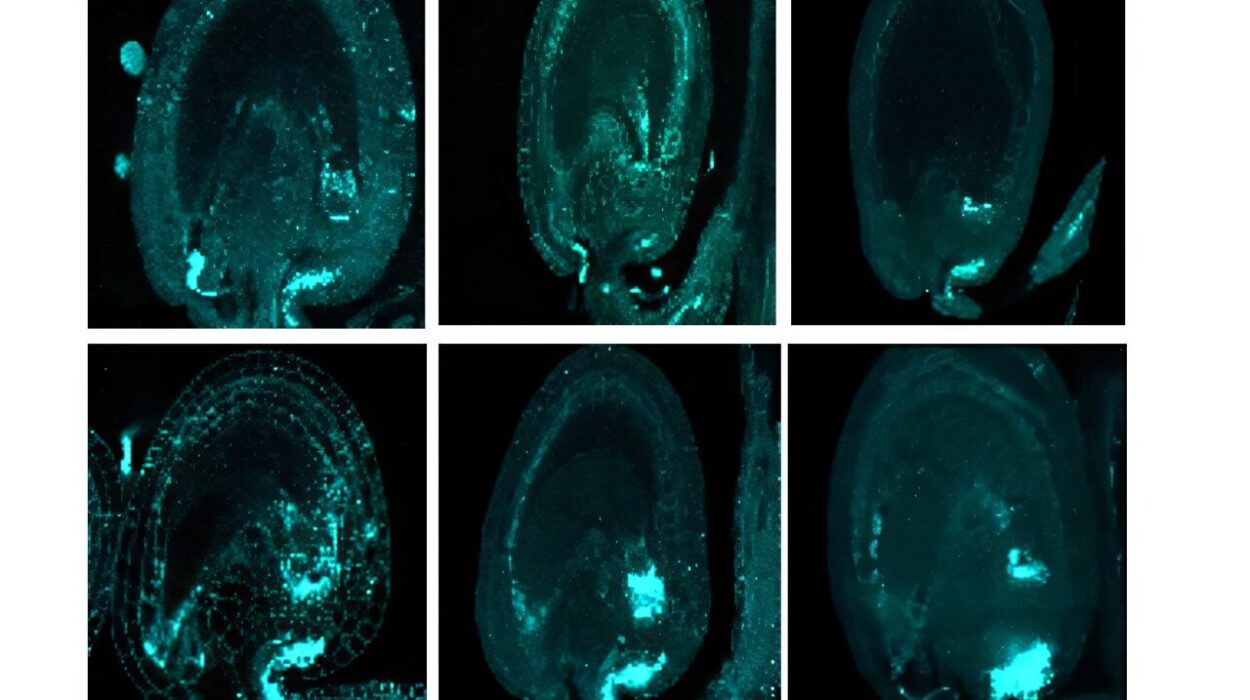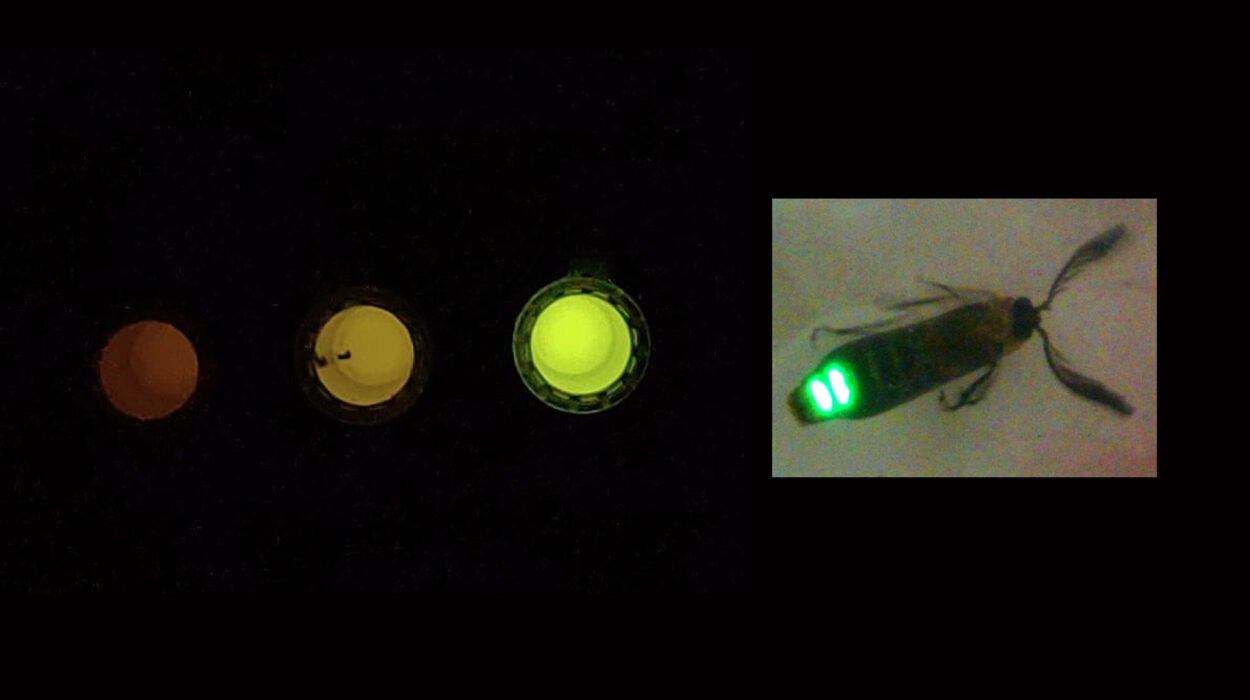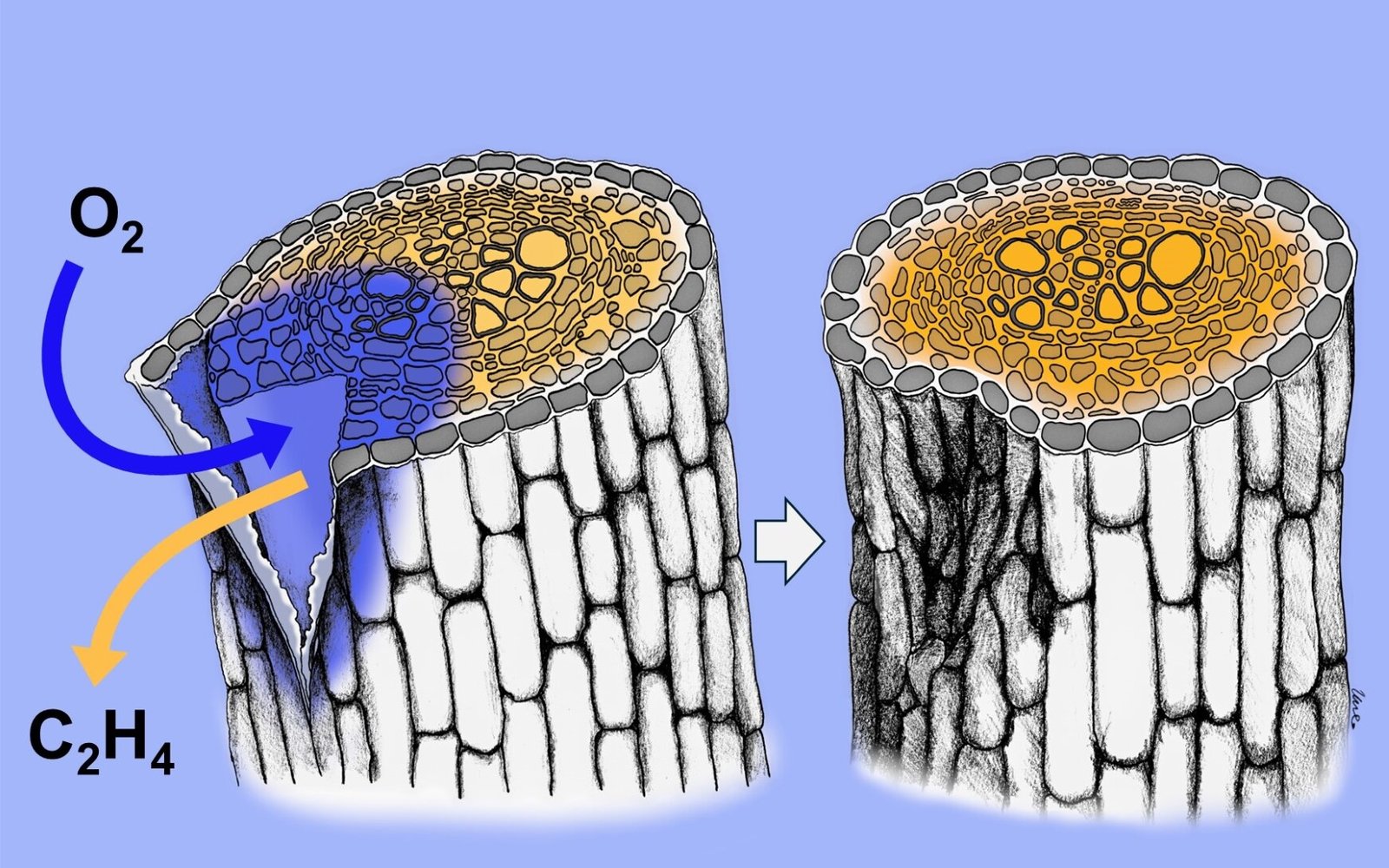There’s something extraordinary hiding just behind your forehead—a three-pound mass of wrinkled, gelatinous tissue that may be the most complex structure in the known universe. It doesn’t glow. It doesn’t hum or tick like a machine. But it pulses silently with electricity, orchestrating every sensation, thought, movement, and memory you have ever experienced. The human brain, housed in the vault of your skull, is not just the thing you think with—it’s what makes you you.
We look up at the stars and marvel at galaxies millions of light-years away. We plunge into the depths of the oceans and search for signs of alien life on distant planets. Yet the greatest frontier of mystery may be inside our own heads.
What is this strange, wet labyrinth of cells and chemistry? How can it imagine, dream, solve equations, fall in love, or invent poetry? Why does it suffer from anxiety and ecstasy alike? What makes it so terrifyingly fragile and astonishingly powerful? To begin answering these questions, we must journey into a world where neurons speak in electric whispers and networks of thought bloom like invisible galaxies.
Born to Learn: The Brain’s Earliest Symphony
Long before your first memory, before you ever opened your eyes or took your first breath, your brain had already begun its work. In the womb, a cascade of genetic instructions transforms a handful of embryonic cells into the foundations of your future self. By the end of the first month of life in the womb, the neural tube—the embryo’s primitive brain and spinal cord—has formed.
From there, something almost magical happens: neurons begin multiplying at a furious rate, a process known as neurogenesis. At the height of this explosion, your fetal brain was producing a quarter-million neurons every minute. Each one is a tiny biological marvel capable of sending and receiving electrochemical messages.
But neurons are only the beginning. They must be wired together in precise patterns to form the networks that allow thinking, sensing, remembering, and moving. These connections, or synapses, begin forming in the second trimester and accelerate rapidly after birth. By the time you are a toddler, your brain has over 100 trillion synaptic connections—far more than it will retain in adulthood.
This early abundance of connections is no accident. The brain, in its raw infant form, is hungry for experience. It learns by doing, seeing, hearing, touching. It listens to language, mimics faces, and absorbs emotions. In these early years, your brain is both sculptor and clay, molded by every encounter and sensation.
If you ever needed proof that you were born to learn, your brain’s earliest years are the clearest testament.
Neurons and Electricity: The Spark of Thought
At the heart of brain function is the humble neuron—a cell with the power to transmit electrical impulses and communicate across vast networks. Neurons come in many shapes and sizes, but all share a common goal: to send messages.
A typical neuron has three parts. The cell body, or soma, contains the nucleus and is the metabolic center of the cell. Branching off from it are dendrites, which receive signals from other neurons. And extending like a long cable is the axon, which sends signals to other neurons, muscles, or glands.
When a neuron “fires,” it generates an electrical impulse known as an action potential. This charge races down the axon like a spark traveling a wire. When it reaches the axon’s end, it causes the release of neurotransmitters—chemical messengers that leap the synaptic gap and bind to receptors on the next neuron.
In this way, signals cascade from cell to cell, creating networks of activity that correspond to sensations, movements, decisions, and thoughts. Every word you read, every memory you recall, every beat of your heart—it’s all orchestrated by these tiny bioelectrical pulses.
Neurons are not alone in this task. They are supported by glial cells—once thought to be mere scaffolding, but now known to play critical roles in regulating communication, providing nutrients, and cleaning up waste. Astrocytes, microglia, and oligodendrocytes are all vital actors in the neural theater.
Together, neurons and glial cells create a living circuit board, one that can rewire itself, adapt to injury, and respond to the world in endlessly flexible ways.
The Brain’s Architecture: A Kingdom of Specialized Realms
Though it works as a whole, the brain is divided into specialized regions, each with unique responsibilities. At the base is the brainstem, the oldest part of the brain in evolutionary terms. It controls automatic functions like heartbeat, breathing, and sleep-wake cycles—without it, life would end in moments.
Above the brainstem lies the cerebellum, which helps coordinate movement, balance, and posture. Though often overshadowed by the “thinking” brain, the cerebellum processes more information than the rest of the brain combined, especially when it comes to timing and motor precision.
Then we reach the cerebral cortex—the outer layer of the brain and the seat of conscious experience. This wrinkled, folded sheet is divided into two hemispheres and further into lobes, each with different roles.
The occipital lobe processes vision, turning patterns of light into meaningful images. The temporal lobe handles sound, language, and aspects of memory. The parietal lobe integrates touch, spatial awareness, and navigation. And the frontal lobe—the crowning jewel—controls reasoning, decision-making, planning, and self-awareness.
Within these lobes lie even more specialized areas: Broca’s and Wernicke’s areas for language; the amygdala for fear and emotion; the hippocampus for memory encoding. These regions form a breathtaking mosaic of function and form, each contributing a thread to the vast tapestry of mind.
Plasticity: The Brain That Changes Itself
What makes the human brain truly unique is not just its complexity, but its capacity for change. This quality, known as neuroplasticity, allows the brain to adapt to experience, injury, and learning. Connections between neurons can strengthen or weaken depending on use. Entire regions can rewire themselves when other parts are damaged.
This is why a child who suffers a brain injury can often recover more fully than an adult—her brain is more plastic, more malleable. It’s also why you can learn to play the piano at 60, or regain function after a stroke, or overcome trauma with therapy. Your brain is not a fixed machine; it is a living, learning, regenerating organ.
Neuroplasticity also explains how habits form, how skills improve with practice, and why repetition is the mother of learning. Every time you think a thought or perform an action, you reinforce the neural circuits behind it. This is both a gift and a warning—our minds are shaped by what we repeatedly do.
Consciousness: The Mystery at the Center of Everything
And then there is the question that haunts neuroscience like a ghost in the machine: What is consciousness?
Despite decades of research, no one fully understands how brain activity produces subjective experience. How do the electrochemical firings of neurons give rise to the sensation of color, the ache of nostalgia, the laughter of a memory? How does the physical machinery of the brain generate the intangible realm of awareness?
Some scientists propose that consciousness arises from the brain’s integration of information—a kind of emergent property when enough complex processing occurs. Others argue it may be tied to specific neural circuits or even quantum phenomena. And some suggest that we are asking the question all wrong.
But regardless of the mechanism, consciousness is what allows us to experience life not just as a sequence of events, but as a story, a reflection, a sense of self. It is the light that turns the brain from an organ into a mind.
Emotion, Memory, and the Self
Emotions are often treated as irrational, secondary to reason. But in the brain, they are essential messengers—evolutionary signals that inform decision-making, motivate action, and color our perception of the world.
The limbic system, including structures like the amygdala and hypothalamus, plays a central role in emotional processing. The amygdala is particularly crucial in fear responses, while the prefrontal cortex helps regulate and interpret emotional states.
Memory is another marvel. Memories are not stored in one place like files in a cabinet. Instead, they are distributed across neural networks and reconstructed every time we recall them. This makes memory both powerful and fallible—open to distortion, suggestion, and reinvention.
The hippocampus is essential for converting short-term memories into long-term ones. Damage to it can leave a person unable to form new memories, even while older memories and personality remain intact.
Together, memory and emotion help build the continuity of the self—the sense that you are the same person across time, despite constant change. Your identity is not in your name, your appearance, or your achievements. It lives in the patterns your brain builds and sustains moment by moment.
Illness, Injury, and the Brain’s Fragility
For all its power, the brain is frighteningly vulnerable. A tiny clot, a misfired gene, or a single traumatic blow can unravel its delicate balance.
Neurological diseases like Alzheimer’s, Parkinson’s, multiple sclerosis, and epilepsy expose the fragility of this system. Psychiatric conditions—depression, schizophrenia, bipolar disorder—reveal how easily thought and emotion can become distorted.
Injury and illness do not just rob people of function; they change the very core of experience. A man with frontal lobe damage may lose his moral compass. A woman with temporal lobe epilepsy may have religious visions. A child with autism may perceive the world in patterns others cannot imagine.
Yet even here, there is hope. New treatments—ranging from brain-computer interfaces to psychedelic-assisted therapy—are beginning to tap into the brain’s plasticity to restore lost function, heal trauma, and rewire despair into possibility.
The Digital Brain: Merging Flesh and Code
We now stand at the threshold of a new era. Artificial intelligence, neuroprosthetics, and brain-machine interfaces are beginning to merge biology with technology. Scientists can implant electrodes that allow paralyzed people to move robotic limbs with thought. Neural implants can restore hearing, vision, and perhaps soon, memory.
Some dream of uploading the mind—mapping every synapse and transferring consciousness into silicon. Others warn of ethical minefields, privacy concerns, and unintended consequences.
But one thing is clear: our understanding of the brain is no longer just academic. It is becoming practical, transformative, and even existential.
The Brain’s Poetry: Why Complexity Matters
So why is the human brain so complex? Why did evolution favor such a costly, energy-hungry organ?
Because complexity enables flexibility. The brain’s architecture allows it to handle not just survival, but imagination. It can navigate not only landscapes, but ideas. It can simulate futures, create art, feel empathy, and wonder at its own existence.
That complexity is not a flaw. It is what makes us human.
You are not a machine made of neurons. You are a symphony made of lightning. And every thought, every memory, every heartbeat echoes with the silent miracle of the organ that gave birth to it.
Final Reflection: The Brain Looking at Itself
To study the brain is to witness the universe becoming aware of itself. It is the brain trying to understand the brain—a recursive, beautiful, almost poetic endeavor.
And though we are far from unlocking all its secrets, one truth is already clear: the brain is not just where life happens. It is life in its most intricate, mysterious, and awe-inspiring form.






